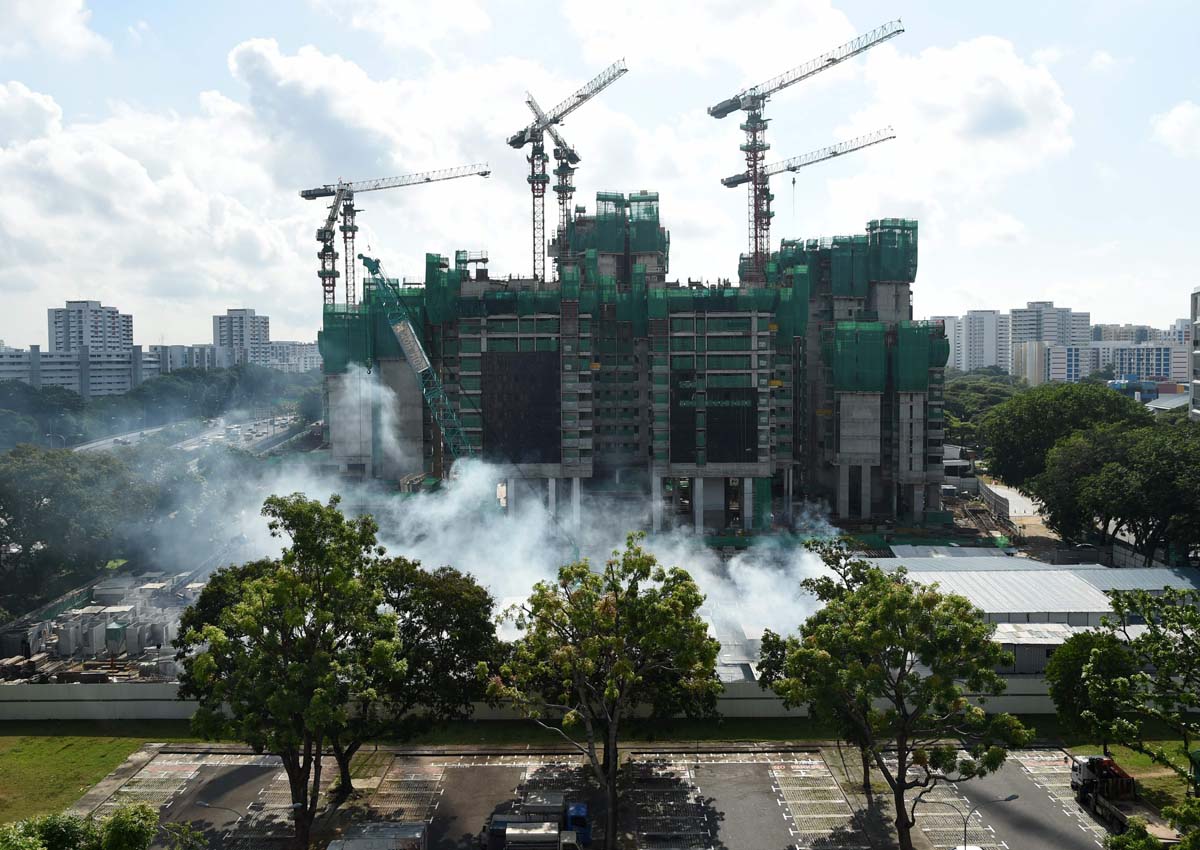The Zika cases so far have emerged in Aljunied and Bedok but Singapore must assume that the virus is elsewhere in the country too.
In his first remarks on the outbreak – now in its fifth day, Prime Minister Lee Hsien Loong said that the best defence is to eradicate mosquitoes and their breeding grounds.
His comments on Facebook came as the National Environment Agency (NEA) revealed that it is assessing high-risk areas based on data from traps designed to catch female mosquitoes.
“Places where we find repeated captures in our gravi-traps, these will be designated as higher-risk areas, because you have a higher concentration of mosquitos flying there,” said Derek Ho, NEA’s director-general of public health.
Speaking at a media briefing at Macpherson Community Club yesterday, he said about 30,000 of these traps, which resemble cylindrical pen holders, have been placed in residential areas.
NEA is close to placing another 20,000.
While he did not say where these high-risk areas are, he gave an example of construction sites.
Trenches and unfinished structures “could easily become potential breeding habitats”, he said.
He added: “There are many people working in a closed environment, hot and humid environment…
“These are all natural factors which make these high-risk areas.”
Of the 115 cases tested positive for Zika virus infection so far, 57 are foreigners who live and work in Singapore, the Ministry of Health said yesterday.
Seven nationalities are affected, including 23 mainland Chinese.
There are 15 Indian nationals, 10 from Bangladesh and six from Malaysia.
One individual each is affected from Indonesia, Myanmar and Taiwan.
jalmsab@sph.com.sg

Get MyPaper for more stories.














































